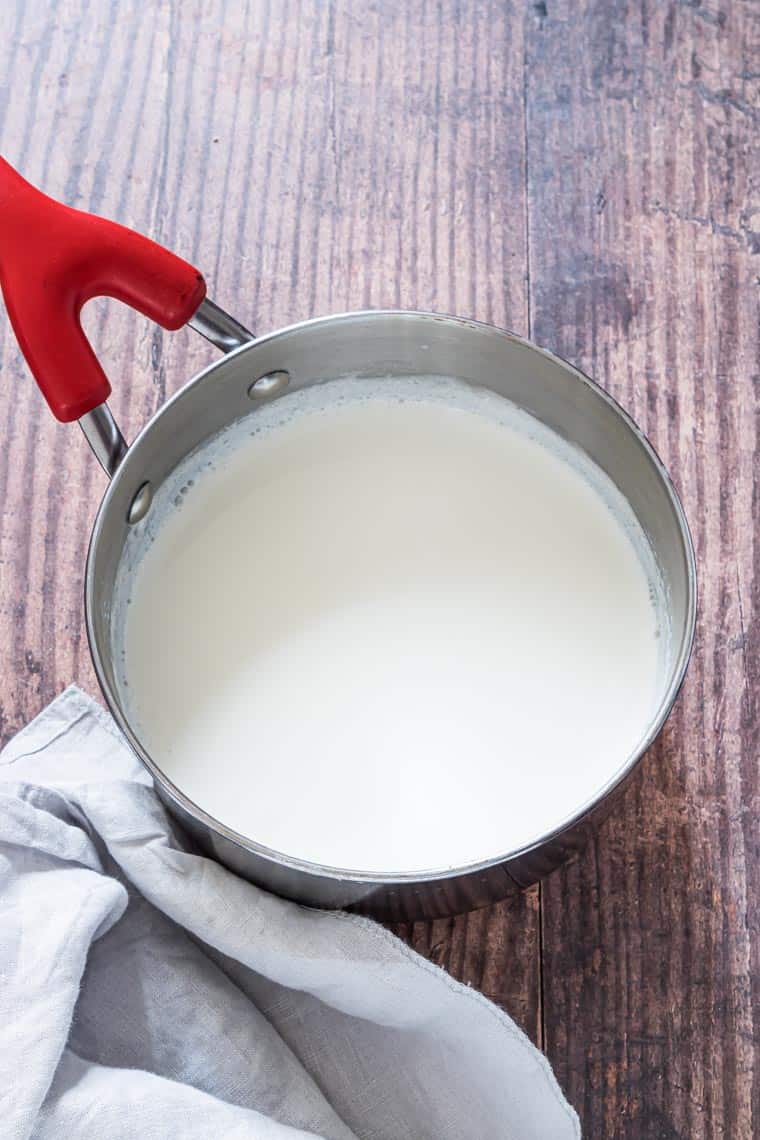Understanding Scalded Milk: Everything You Need to Know
Scalded milk is a term used in cooking and baking to describe milk that has been heated to a specific temperature just below the boiling point. This process serves various purposes and is commonly used in recipes for both sweet and savory dishes. Let's delve into what scalded milk is, why it's used, and how to scald milk properly.
What is Scalded Milk?
Scalded milk refers to milk that has been heated to a temperature range of approximately 180°F to 200°F (82°C to 93°C). At this temperature, small bubbles form around the edges of the milk, and steam rises from the surface. It's important to heat the milk slowly and gently to avoid boiling, which can change its texture and taste.

whats scalded milk
Why Use Scalded Milk?
1. Sterilization: In the past, scalding milk was primarily done to kill off any harmful bacteria present in the milk. However, with modern pasteurization methods, this purpose is less relevant today.
2. Tempering Ingredients: Scalded milk is often used to temper other ingredients in recipes, such as eggs or gelatin. Tempering involves gradually raising the temperature of one ingredient to match that of another, preventing undesirable reactions such as curdling.
3. Texture Enhancement: Scalded milk can improve the texture and consistency of certain recipes. It can help dissolve dry ingredients more effectively and contribute to a smoother, creamier texture in dishes like custards, puddings, and sauces.

whats scalded milk
How to Scald Milk
Scalding milk is a simple process that requires only a few steps:
1. Choose the Right Equipment: Use a heavy-bottomed saucepan to prevent scorching, and choose a size appropriate for the amount of milk you're scalding.
2. Heat the Milk: Pour the desired amount of milk into the saucepan and place it over medium heat. Stir the milk occasionally to prevent a film from forming on the bottom of the pan.
3. Watch for Signs of Scalding: As the milk heats, small bubbles will begin to form around the edges of the pan, and steam will rise from the surface. Remove the milk from the heat as soon as you see these signs.
4. Cool the Milk: Allow the scalded milk to cool slightly before using it in your recipe. You can transfer it to a heatproof container or use it directly in your cooking or baking.
Recipes Using Scalded Milk
- Custards: Scalded milk is often used as a base for custard desserts like crème brûlée, flan, and pots de crème.
- Yeast Bread: Some bread recipes call for scalded milk to help activate the yeast and improve the texture of the dough.
- Puddings and Sauces: Scalded milk can be incorporated into various pudding and sauce recipes to enhance their creaminess and consistency.
Conclusion
Scalded milk is a versatile ingredient that plays a crucial role in many recipes, from baked goods to savory dishes. By understanding what scalded milk is and how to prepare it properly, you can elevate your cooking and baking skills and achieve delicious results in the kitchen. Whether you're following a traditional recipe or experimenting with your creations, incorporating scalded milk can add richness and depth of flavor to your dishes.